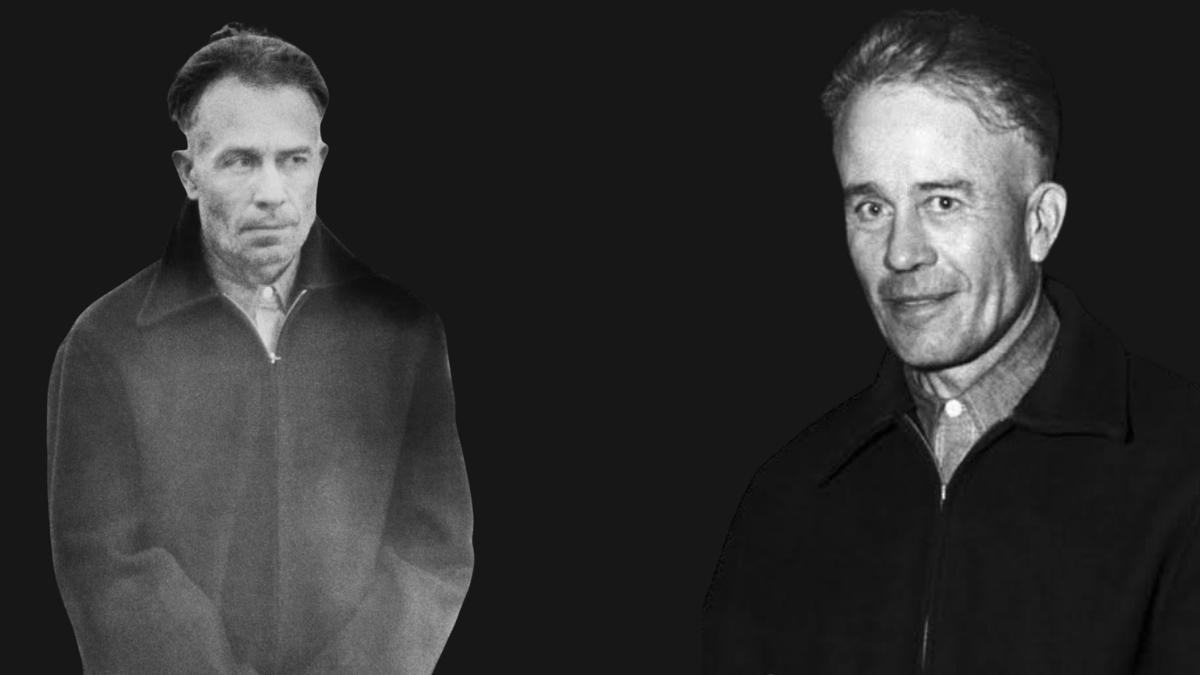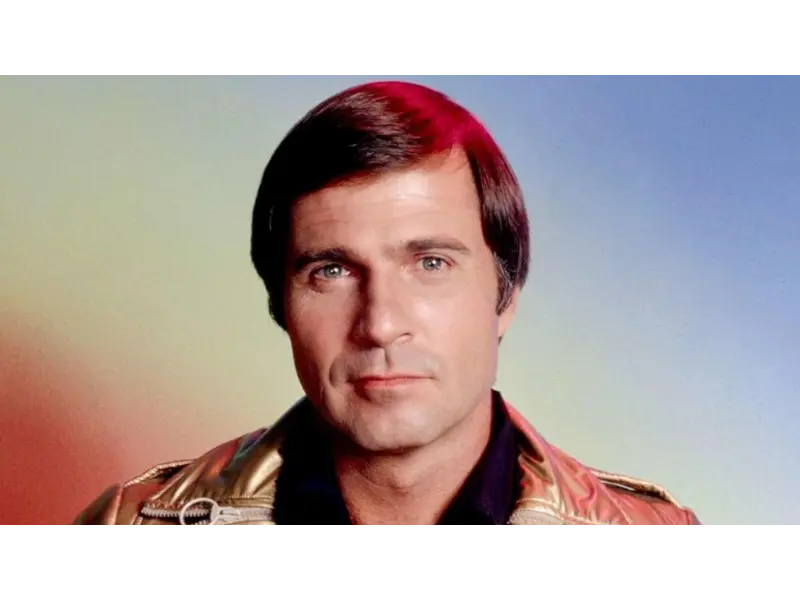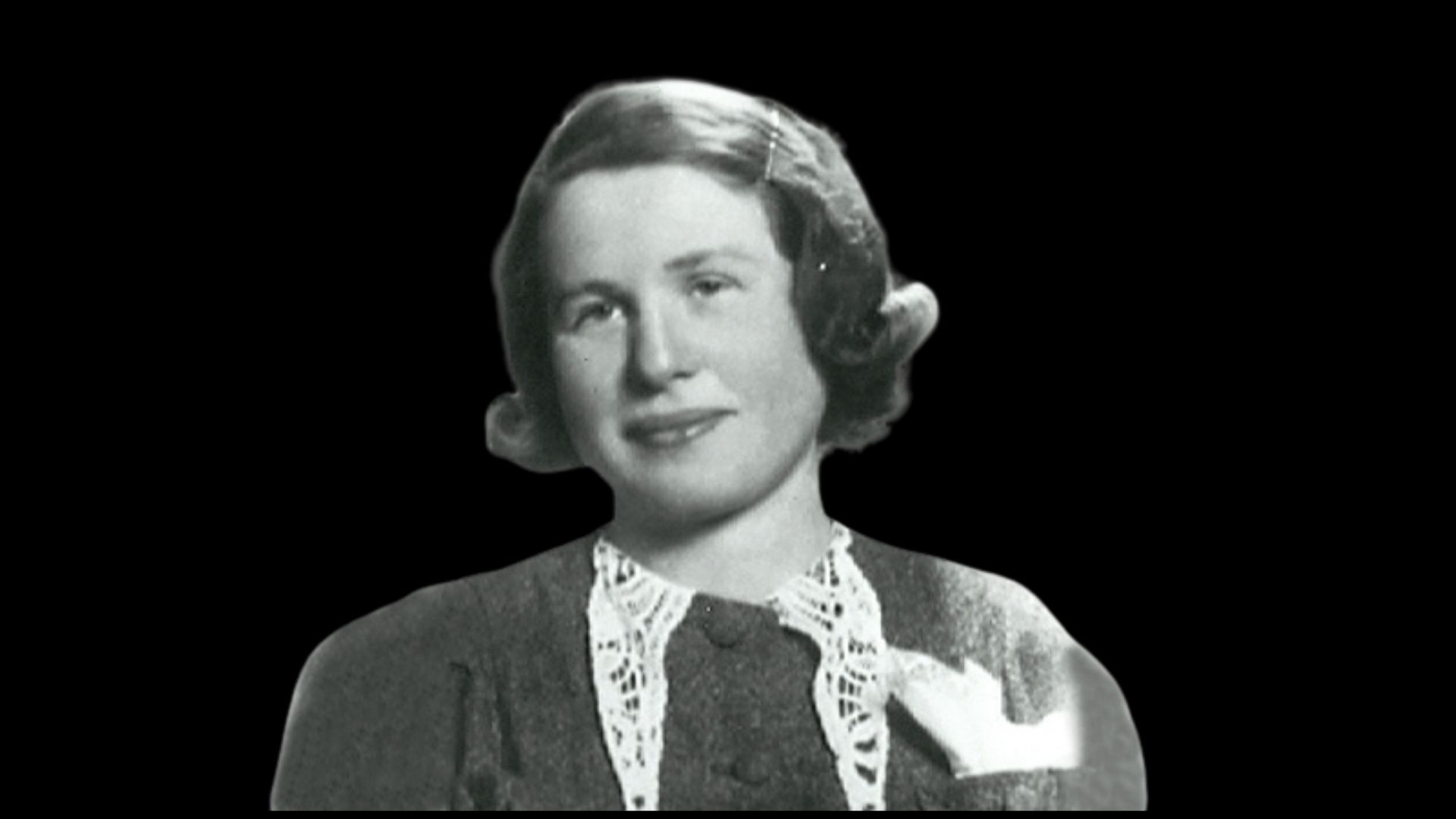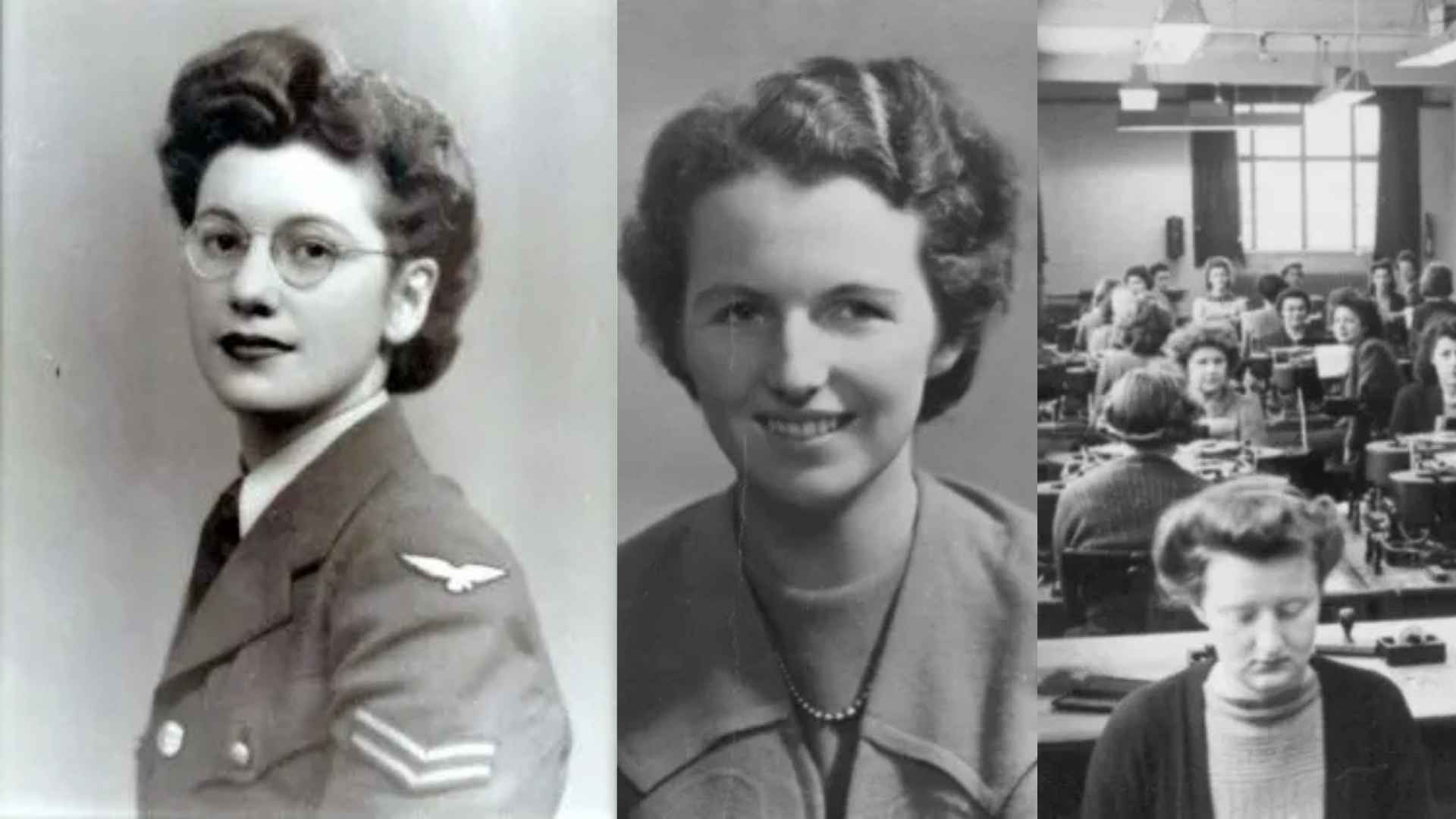Edward Theodore Gein, better known as Ed Gein, remains one of the most chilling figures in American criminal history. Dubbed The Butcher of Plainfield, Gein’s crimes shocked the world in the 1950s when police discovered he had exhumed corpses and crafted disturbing household items from human remains. His twisted story later inspired some of Hollywood’s most iconic horror villains — Norman Bates, Leatherface, and Buffalo Bill.
Who is Ed Gein?
| Full Name | Edward Theodore Gein |
|---|---|
| Born | August 27, 1906 – La Crosse County, Wisconsin, U.S. |
| Died | July 26, 1984 – Madison, Wisconsin, U.S. |
| Known As | The Butcher of Plainfield, The Plainfield Ghoul |
| Crimes | Murder, body snatching, grave robbing |
| Victims | Mary Hogan (1954), Bernice Worden (1957) |
| Arrested | November 16, 1957 |
| Sentence | Found not guilty by reason of insanity |
| Institutionalized | Mendota Mental Health Institute |
| Inspiration For | Psycho, The Texas Chainsaw Massacre, The Silence of the Lambs |
Early Life and Childhood
Born in La Crosse County, Wisconsin, in 1906, Ed Gein was raised in a strict, religious household. His mother, Augusta Gein, was a domineering and fanatically religious woman who preached about sin and the corruption of women. Gein’s father, George Gein, was a violent alcoholic, and Ed’s only sibling, Henry, was his opposite — practical and skeptical of their mother’s beliefs.
Growing up isolated on a 155-acre farm in Plainfield, Ed was discouraged from making friends. He developed antisocial behaviors, strange laughter, and a deep attachment to his mother — an obsession that would define his later crimes.
Family Tragedies and Isolation
In 1940, Ed’s father died of heart failure, and soon after, his brother Henry died under mysterious circumstances during a brush fire. Though police ruled it an accident, Henry’s death raised suspicions of foul play — possibly at Ed’s hands.
Afterward, Ed devoted himself to caring for his ailing mother until her death in 1945. Her loss left him completely alone and psychologically devastated.
The Descent Into Madness
After Augusta’s death, Ed became reclusive. He preserved her bedroom in perfect condition while the rest of the house decayed. He began reading pulp magazines about Nazis, cannibals, and human experimentation, developing a fixation on creating a “woman suit” — a grotesque attempt to become his mother.
Gein supported himself by doing odd jobs, earning a reputation as a quiet, helpful handyman — hiding the horrors inside his home.
Crimes That Shocked the Nation
Discovery of Bernice Worden
On November 16, 1957, hardware store owner Bernice Worden disappeared in Plainfield. Her son, Deputy Sheriff Frank Worden, found blood stains and an empty cash register at the shop. A sales receipt for antifreeze led police straight to Ed Gein.
When investigators searched Gein’s farmhouse, what they found defied belief.
Horrific Discoveries at Ed Gein’s Farm
Authorities uncovered an unimaginable scene:
- Human bones and skulls used as household decor
- Masks made of human faces
- Chairs and lampshades covered in human skin
- A belt made from nipples
- Nine vulvas stored in a shoebox
- Bernice Worden’s decapitated body hanging like a deer
- Mary Hogan’s face preserved in a paper bag
Ed calmly confessed to exhuming corpses from local graveyards and crafting macabre “artifacts” from the remains. He also admitted to murdering Mary Hogan in 1954.
Trial and Insanity Verdict
Ed Gein was charged with first-degree murder but was declared mentally unfit to stand trial. He was diagnosed with schizophrenia and committed to the Central State Hospital for the Criminally Insane.
By 1968, doctors found him competent for trial. A judge found him guilty of murder but legally insane, sentencing him to a lifetime in a psychiatric institution rather than prison.
Death and Burial
Ed Gein spent the rest of his life in the Mendota Mental Health Institute, where he remained quiet and cooperative. He died on July 26, 1984, from lung cancer at the age of 77.
He was buried beside his parents in Plainfield Cemetery, though his gravestone was repeatedly vandalized and eventually stolen in 2000.
The Fate of His Property
Gein’s home and land were set to be auctioned, but before that could happen, the house mysteriously burned down in 1958. His infamous car, used to transport bodies, was sold to a carnival owner for $760, where it became a disturbing attraction for curious onlookers.
Influence on Popular Culture
Ed Gein’s crimes inspired countless books, films, and songs, shaping the modern horror genre:
- Norman Bates in Psycho (1960)
- Leatherface in The Texas Chainsaw Massacre (1974)
- Buffalo Bill in The Silence of the Lambs (1991)
- Deranged (1974), Ed Gein (2001), and Ed Gein: The Butcher of Plainfield (2007) were all based on his life.
- His story also influenced songs like Dead Skin Mask by Slayer and Nothing to Gein by Mudvayne.
Psychological Analysis
Experts described Gein as psychotic but not evil — a man detached from reality, driven by guilt, repression, and maternal obsession. His behavior reflected an extreme form of Oedipal fixation and gender confusion, intensified by isolation and trauma.
Legacy: From Crime to Cultural Icon
Even decades later, Ed Gein’s story fascinates psychologists, criminologists, and filmmakers. His blend of rural simplicity and unspeakable horror became the template for American Gothic crime stories.
Gein remains both a symbol of madness and a warning about unchecked psychological decay and isolation.
















